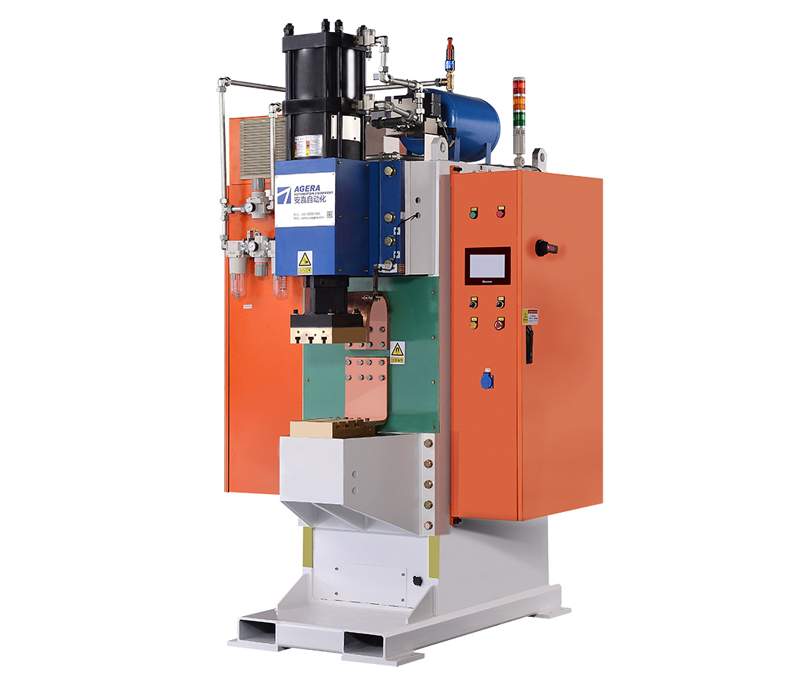In the realm of Capacitor Discharge (CD) spot welding machines, the choice and utilization of connecting cables play a crucial role in ensuring efficient and reliable welding operations. This article explores the considerations and specifications associated with selecting and using connecting cables for CD spot welding machines.
- Cable Type and Material Selection: When choosing connecting cables for CD spot welding machines, it’s important to opt for cables specifically designed for welding applications. These cables are typically highly flexible, heat-resistant, and have a high current-carrying capacity. Copper cables are commonly preferred due to their excellent electrical conductivity and thermal stability.
- Cable Length and Diameter: The length and diameter of the connecting cables have a direct impact on the efficiency of energy transfer and the overall welding process. Longer cables might result in higher resistance and energy loss, so it’s advisable to keep cable lengths as short as possible while maintaining practicality. The cable diameter should be selected to match the expected current levels to minimize voltage drop and excessive heat generation.
- Insulation and Durability: Adequate insulation is essential to prevent electrical leakage, short circuits, and accidental contact. Look for connecting cables with robust insulation materials that can withstand high temperatures and physical stress. High-quality insulation contributes to operator safety and prolongs the lifespan of the cables.
- Cable Connectors and Terminations: Secure and proper connectors are vital for establishing a reliable connection between the welding machine and the workpiece. Ensure that the cable connectors are designed for heavy-duty applications, provide secure connections, and are resistant to wear and tear.
- Maintenance and Inspection: Regular maintenance and inspection of connecting cables are essential to identify any signs of damage, wear, or deterioration. Damaged cables should be promptly replaced to prevent operational disruptions and potential safety hazards.
The selection and utilization of connecting cables in Capacitor Discharge spot welding machines significantly influence the overall welding performance and operator safety. By choosing cables with the appropriate type, material, length, and insulation, and by ensuring proper connectors and regular maintenance, welding professionals can ensure smooth and efficient welding operations. Adhering to these requirements enhances the longevity of the connecting cables, optimizes energy transfer, and contributes to high-quality weld results.
Post time: Aug-09-2023



